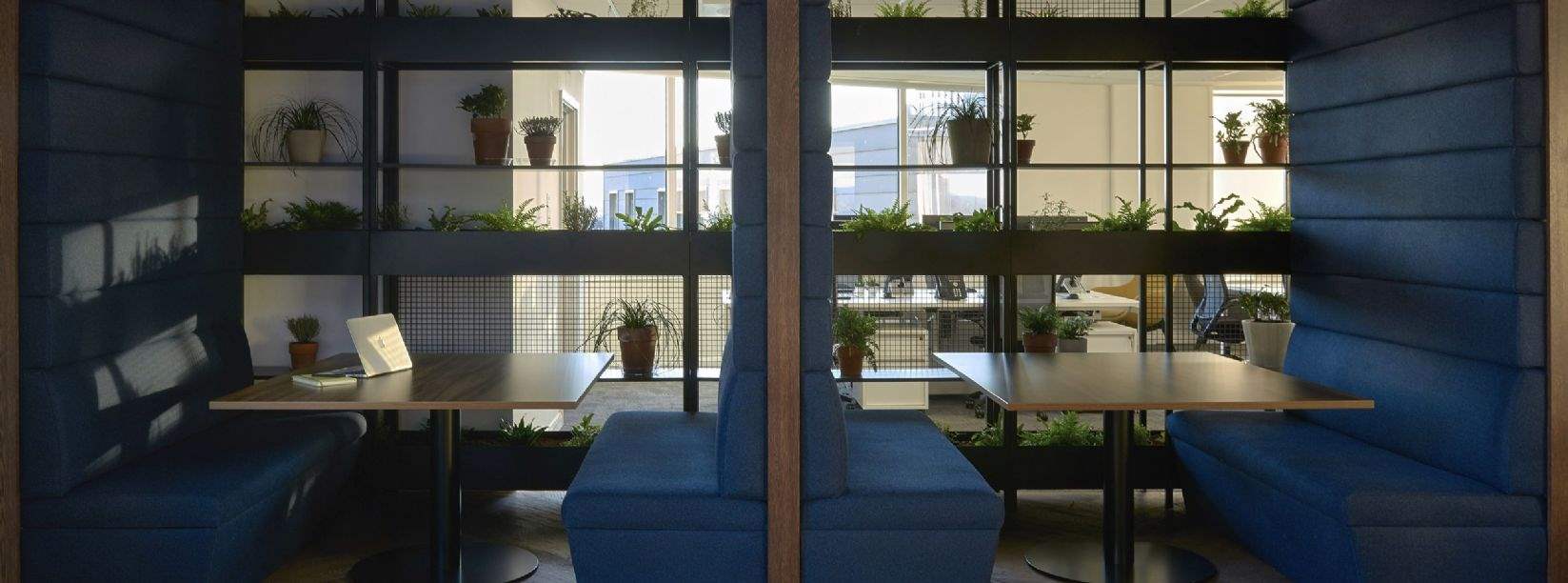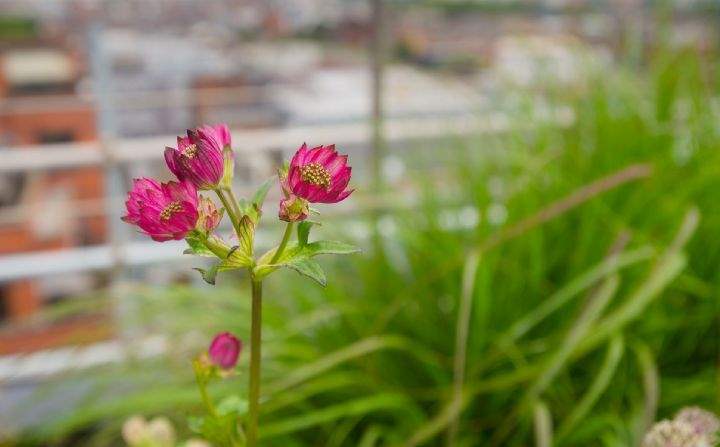Biophilic design is the practice of incorporating nature and natural elements into the built environment. It is increasingly seen as key to providing a better work environment, and has been shown to reduce stress and improve productivity in the workplace. Oliver Heath Design, specialists in this area, report productivity rates increasing by 8 per cent and wellbeing by 13 per cent in the workplace where biophilic design has been incorporated.
This goes beyond the office: statistics show hotel guests are willing to pay 23 per cent more for rooms with views with biophilic elements and the use of greenery in education and healthcare has proven to help concentration, attendance and recovery rates.
Extensive research has been undertaken around this topic and there are numerous examples of the positive impacts where biopholia has been introduced into the workplace. One example is evidenced by architect Lisa Heschong, who discovered that when employees at a utility company call centre had their workstations set at an angle so they could see trees in their peripheral vision call handling efficiency increased 6 per cent.
Introducing biophilia to the workplace can be as little as a houseplant on your desk through to significant plant-led design features. The Cornerblock in the Colmore Business District of Birmingham (see photos below) includes a communal roof terrace for all employees working in the building. Open spaces which create community within a building are now key differentiators, particularly in the urban environment.
The Pasona Group in Tokyo has taken this a step further by introducing vertical farming into the workplace. Tomato vines are suspended above meeting areas, lemon and passionfruit trees are used for partitioning and salad leaves are grown in seminar rooms. This takes the concept of multi-use space to a new level but the scope for employee engagement is evident.
The positives are clear, but plants are living organisms which need care and attention. Without this the effects can quickly be reversed and so we would recommend if introducing greenery to the workplace some resource be committed to their upkeep. This could be to bring green-fingered enthusiasts together through a gardening club or outsource to specialists.
Biophilic design is not just about plants and greenery, the use of natural materials, access to natural light and air quality are also key elements with tangible benefits. So whilst an investment is required it is something which can be introduced relatively easily and we would suggest the positives speak for themselves.




.jpg)

(1).jpg)

.jpg)



.jpg)

